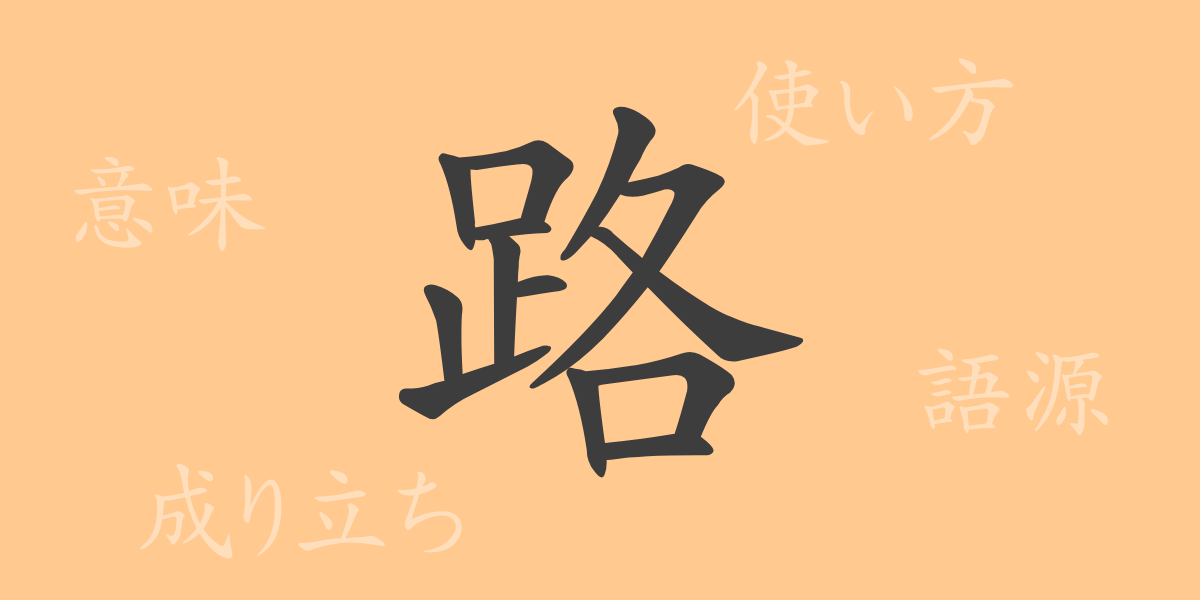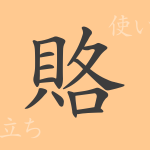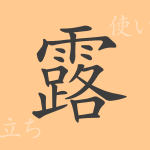The beauty of the Japanese language is reflected in its characters. The commonly used kanji in Japan, 路 (ro), is deeply rooted in our lives, both literally and figuratively. In this article, we will explore the profound meanings and uses of the kanji 路 (ro).
Origin of 路 (ro)
The kanji 路 (ro) was originally used in ancient China to mean “road.” It derived from a pictogram representing footprints and later came to signify a path or direction to follow. This kanji merges the storytelling nature of characters with the tangible concept of roads that people use daily.
Meaning and Usage of 路 (ro)
The kanji 路 (ro) means road, path, or the journey one should take. Generally, it is used not only for physical roads but also for abstract concepts like life’s path or methods. With the development of transportation, this character is frequently seen in terms such as roads and routes.
Reading, Stroke Count, and Radicals of 路 (ro)
The kanji 路 (ro) has multiple readings in Japanese.
- Readings: On’yomi (音読み) as “ro,” Kun’yomi (訓読み) as “ji”
- Stroke count: 13 strokes
- Radical: 足部 (あし・あしへん, ashi/ashihen)
Idioms, Phrases, and Proverbs Using 路 (ro)
There are numerous idioms, phrases, and proverbs in Japanese that include 路 (ro). For example, 十字路 (juujiro) means a crossroads, 一路平安 (ichiroheian) is a phrase wishing for a safe journey, and 桜花爛漫の路 (oukaranman no ji) describes a beautiful road lined with fully bloomed cherry blossoms. These expressions provide rich imagery in daily life and literature.
Summary of 路 (ro)
The kanji 路 (ro) symbolizes not only the roads around us but also suggests the direction and choices in life. The various expressions woven from this single character highlight the richness of the Japanese language. Next time you see 路 (ro) in your daily life, it might be interesting to think about the history and culture behind it.

























